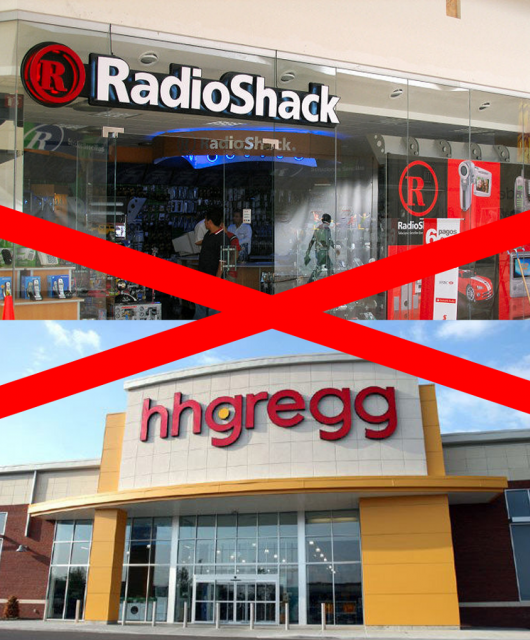The distinction can be subtle. Here’s how to make the right choice.
What’s the difference between a brand refresh and a wholesale rebrand? How do you know which you need? Read on for a demystification of the difference — and tips for determining which approach is right for you.
A Tricky Distinction
In most people’s minds, a brand refresh is a surface-level makeover, one that updates visual elements such as logo, design language, web design. A rebrand, on the other hand, is commonly thought to involve a fundamental shift in strategy: reassessing or re-articulating a company’s value, purpose, positioning, and messaging, as well as design language. Everything is up for grabs.
But what if a brand needs something between those two extremes? If you want to retain your logo and name but feel the brand needs a new positioning, messaging, potentially even an appeal to a new audience — is that a refresh or a rebrand? A project like this is certainly not superficial tinkering, but the brand’s existing foundation will remain relatively intact. This case illustrates how confusing this terminology can be. What on first glance seems black and white is actually a blurry continuum. To determine how broad a project’s scope should be, It’s important to take the time to figure out where on that spectrum the company’s needs lie.
The Heart Of The Matter
There are, of course, plenty of times where the traditional “refresh” is appropriate, especially in the consumer packaged goods (CPG) world, where standing out on the shelf is critical. On the B2B side, a refresh might be most visible when a company reskins its website or tweaks a logo. For example, think of the buzz around an update to a popular app’s icon. When Google tweaks that G, it’s a design change talked about around the world.
However, a “makeover” doesn’t necessarily have to be visual. Perhaps your communications need some pizzazz. Or you’re reaching out to a new audience. In cases like these, reevaluating the brand voice or messaging strategy could be just as, or more, impactful than updating design.
Additional or tweaked messaging is also helpful when a company is entering a new market or introducing a new product. For example, DeSantis Breindel recently worked with an identity and access management company that was expanding from the enterprise space to the SMB space. The company’s brand and design language were relatively new, and were still working well. They came to us for a messaging refresh — a communications strategy that incorporated its new mid-market offer.
But will an update — visual or verbal —be enough? Sometimes the answer is easy. If your brand doesn’t feel authentic anymore, or if it’s actively hindering performance, it’s time to rethink the whole thing. However, in cases that are more difficult to determine, you don’t have to rely on your gut. Instead, you can turn to research.
Let The Data Lead
Quite often, clients approach us saying they want a refresh. They think because they want to retain their name, and because they want to make a change in quick and agile way, that a rebrand isn’t for them. However, although financial and time constraints are important, they shouldn’t lead companies to undertake misguided refreshes that won’t provide the solution that’s needed: a rebrand.
Research can play an important role determining if a rebrand is necessary, and if so, providing marketing leaders with a powerful case they can present to leadership when requesting resources — and later, when proving ROI. Quantitative online surveys play a powerful role here — external polls about the brand’s equity, reputation, and level of recognition can signal whether the brand is still resounding with the market. Internal surveys are useful for gauging whether a brand is helping or hurting company culture, and whether employees feel empowered to channel the brand in their work and communications.
If the data shows the brand is still packing a punch — great! A simple refresh, or no refresh at all, may suffice. But if the research tells a different story, it offers a powerful story to take to the boardroom. It also provides baseline data to compare to (probable) improvements post rebrand.
Don’t Fear The Rebrand
There’s no need to be afraid of a rebrand, if that’s where the data points. While the upfront investment may be greater, the ROI will be greater as well, since a rebrand fully addresses the problem instead of wasting resources on a short-term fix. The right agency will listen to your initial concerns, help you conduct the necessary research, and then recommend a plan that suits your needs and your budget.
A rebrand might also seem scary because of the fear that it will throw away the baby with the bathwater. But an effective rebrand need not abandon everything. Instead, a savvy agency partner will leverage the best of what you already have, complement it with in what you need, and pull it all together in a way that stands out in the market, energizes employees, and stays true to the company’s core purpose and values.
Keep Moving Forward
Once a rebrand or your refresh is complete, that’s not the end of the brand evolution. Successful brands are dynamic and responsive, making frequent small, iterative changes. Of course this doesn’t mean constant rebrands, or even constant refreshes. But it means that a branding project should never be considered “over.” Markets change every day, bringing new trends, competitor developments, and customer challenges. The most effective brands have an eye on these shifts at all times, and are nimble enough to respond to, or even drive, those conversations.
Just look at our client Stephens, an investment bank. Its core brand idea, “Capitalize on Independence,” hasn’t changed in many years. But the company constantly builds on that foundation with powerful, fresh campaigns and high-impact events. For example, they’ve launched “This is Capitalism,” a video and blog series that tells the stories of extraordinary American entrepreneurs. Campaigns like these keep Stephens top of mind for clients, and emphasizes a commitment to the values that undergird the still-successful brand.
All branding changes are most successful when they grow from a solid foundation of research and authenticity — the very foundation that helps to drive the decision to refresh or rebrand in the first place. By staying true to corporate goals and core ideals, the choice will be clear.
This article was originally published on DeSantis Breindel.





